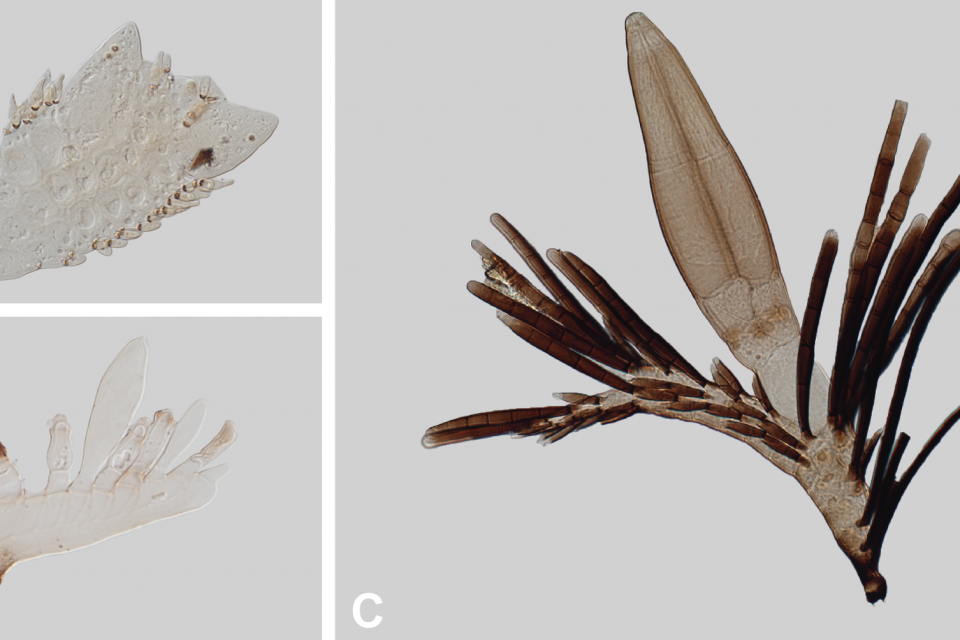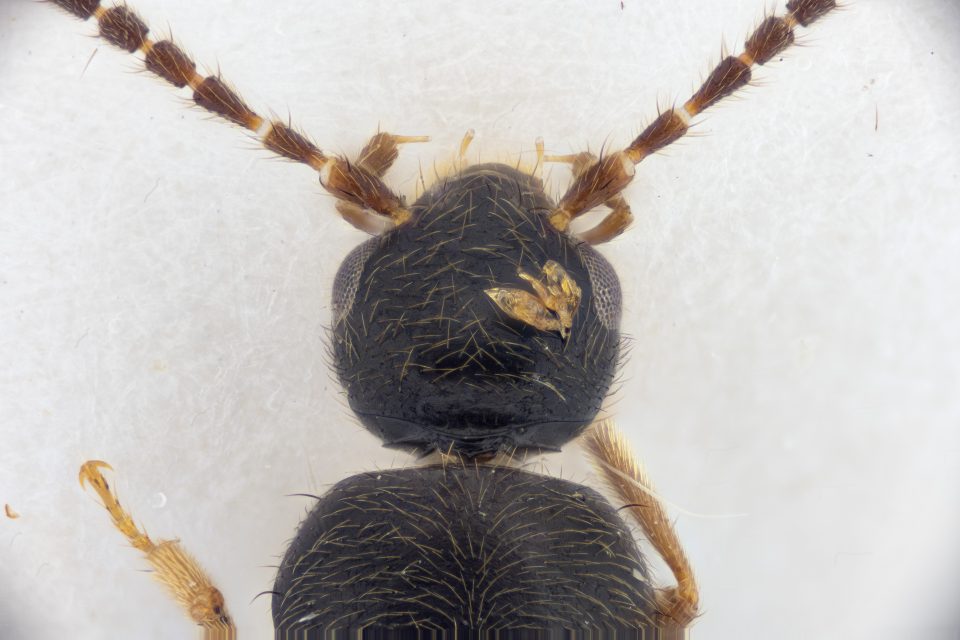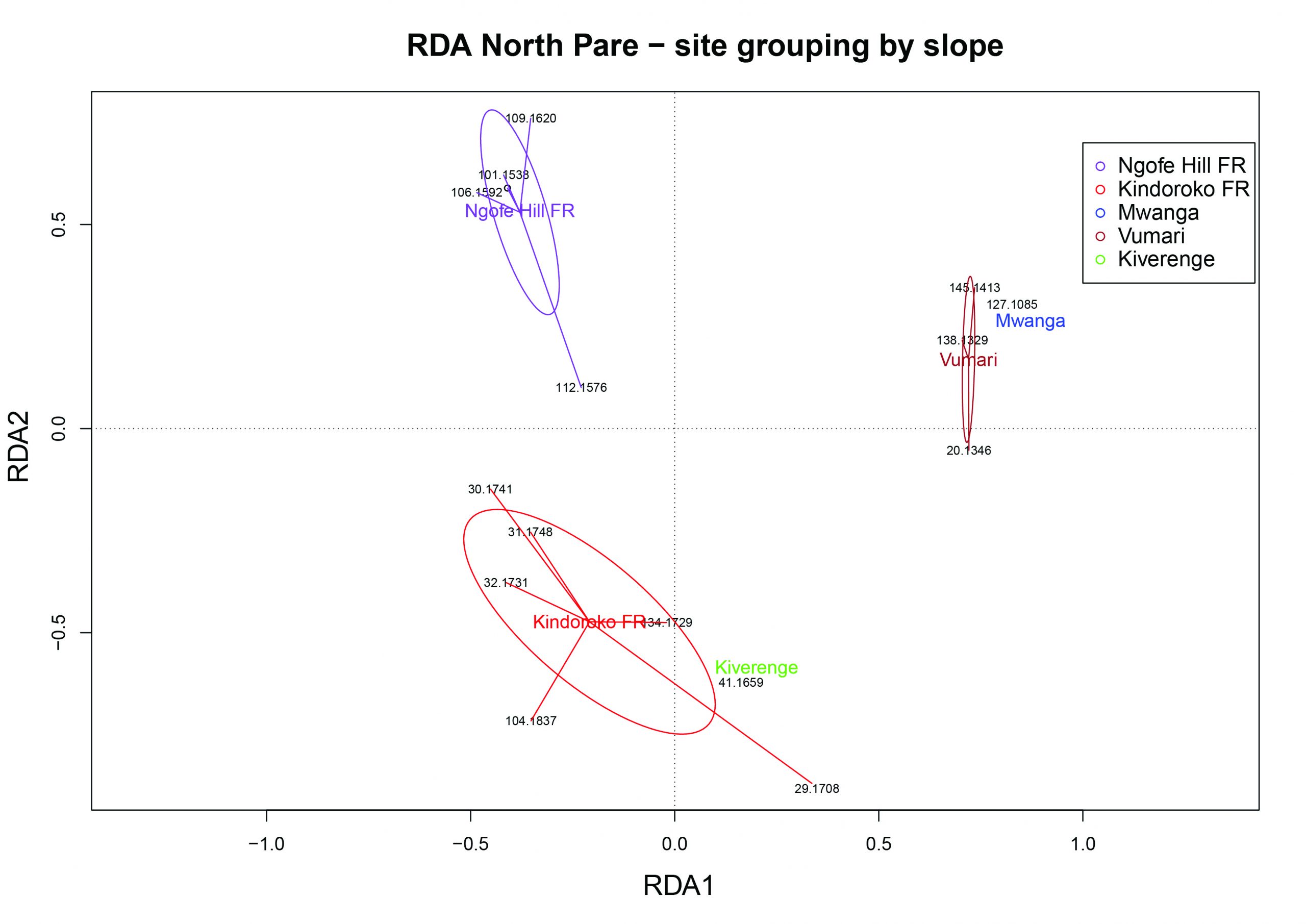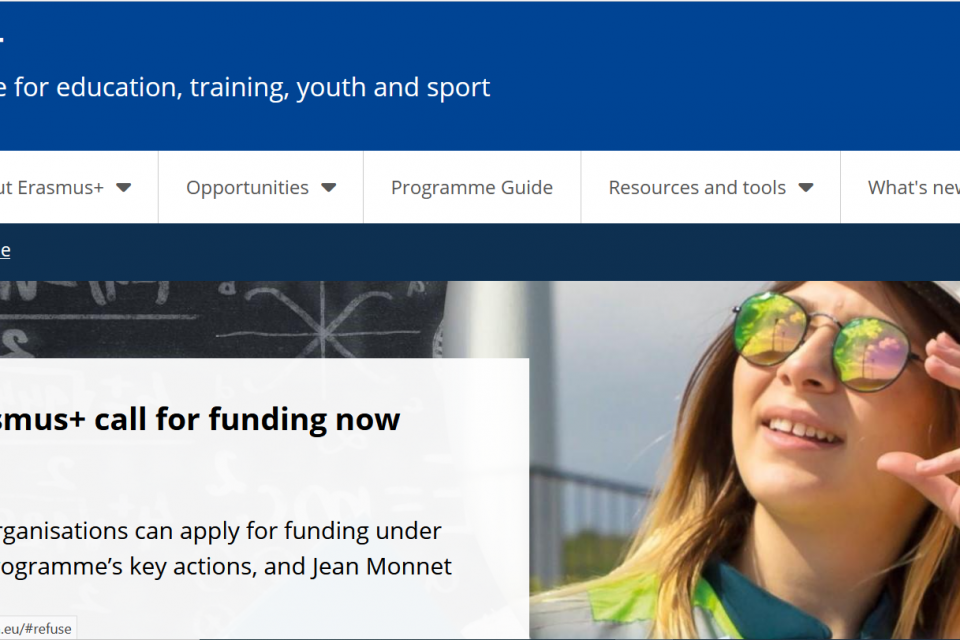Here we blog about our research on taxonomy with a special emphasis on cryptic species, which is at present done by PhD and Master theses.
Category: Taxonomy

Group of the Month March: Laboulbeniales
Let me introduce you to the Group of the Month for March: A fungus! At this point you are probably thinking to yourself: “Wait a minute, that’s not a fungus. That’s clearly just a beetle…” And for the most part, you’d be right! Let’s zoom in a bit […]

Månedens Gruppe Mars: Laboulbeniales
La meg presentere månedens gruppe for mars: En sopp! Nå tenker du sikkert for deg selv: «Vent, det der er ikke en sopp. Det er helt klart bare en bille…» Og det er i og for seg riktig! La oss zoome litt lengre inn: Tankerekken fortsetter: «Hmm… Det […]

Hva er det neste som skjer med smådyrene?
I forrige uke publiserte vi en artikkel om meiofauna og hvorfor det er viktig å studere dem, og hvilke vitenskapelige spørsmål som bør tas opp i neste omgang. Artikkelen «Fundamental questions in meiofauna research highlight how small but ubiquitous animals can improve our understanding of Nature» ble publisert […]

What’s up next for the small animals?
Last week, we published an paper on meiofauna and why it is important to study them and which scientific questions should be addressed next. The paper “Fundamental questions in meiofauna research highlight how small but ubiquitous animals can improve our understanding of Nature” was published in Communications Biology. […]

Door 13: Discovering hidden microscopic diversity in Norway
Whenever you hear the word fungi, chances are high that you are thinking of the colourful variation of mushroom fruiting bodies popping up in high abundance during the fall. Or maybe you’re thinking of the vast webs of underground mycelia that most fungi produce. For some, the frightening […]

Dør 13: Oppdag det skjulte mikroskopiske mangfoldet i Norge
Når du hører ordet sopp, er sjansen stor for at du tenker på den fargerike variasjonen av soppfruktlegemer som popper opp i store mengder om høsten. Eller kanskje du tenker på de enorme nettene av underjordiske mycel som de fleste sopper produserer. For noen er kanskje den skremmende […]

Door 11: Finding new species to Norway – how easy can it be?
For most people, discovering new species seems like an extraordinary event, something that happens only once in a lifetime or at least something very rare. However, for some groups of organisms, particularly understudied ones, it’s actually very easy to come across a new species to science and perhaps […]

Door 10: Habitat fragmentation shaping the beetle communities of African mountains
Human-mediated alteration and conversion of forest ecosystems cause massive changes in the species compositions of communities in affected areas. The large scale monetary incentives of deforestation, especially in threatened tropical rainforests, plays a massive role in the rapid loss of habitats and nature seen worldwide. Even in the […]

Dør 10: Fragmentering av habitater former billesamfunnene i afrikanske fjell
Menneskeskapte endringer og omdanning av skogøkosystemer fører til massive endringer i artssammensetningen i de berørte områdene. De storstilte økonomiske insentivene til avskoging, særlig i truet tropisk regnskog, spiller en viktig rolle i det raske tapet av habitater og natur som vi ser verden over. Selv i det langt […]

Door 8: Erasmus – exchange of knowledge across Europe
CEG has a long standing tradition of hosting Erasmus students for an internship. This year we also had two students visiting us from Sardinia during the summer. “Erasmus+ is the EU’s program to support education, training, youth and sport in Europe.” It is a program that facilities knowledge […]